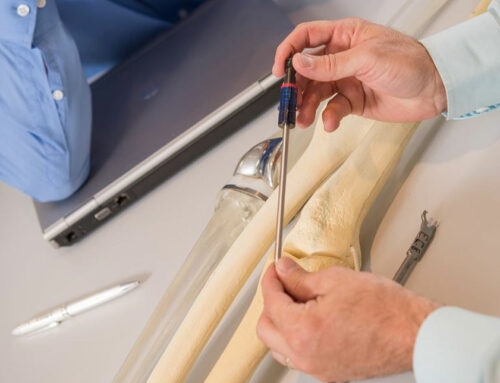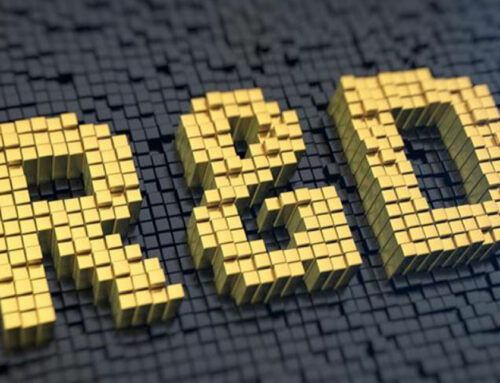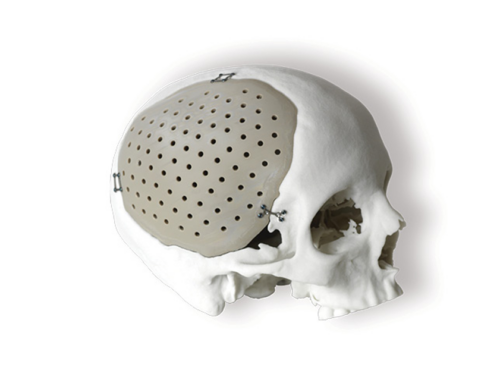Enrico Sandrini, General Manager at Lincotek Medical in Bologna, Italy discusses how design features, weight and size can make a real difference in the competitive world of instruments. Not to mention durability, material selection and other factors.
Have you ever attended a surgery? A TKA, THA or other TJA?
I still remember when I attended my first knee arthroplasty. It was 20 years ago and I was a student at the Faculty of Biomedical Engineering. I was excited to see my first knee prosthesis implantation. An hour and a half in the theater, together with surgeons and nurses, but only few moments of seeing the implants.
I was really disappointed. I believed it was going to be very different, as I was attending the surgery to look at implants, but all I observed were the instruments. Instruments in the hands of the surgeons, in the hands of nurses and on the sterile benches too.
The head surgeon understood my disappointment and told me: “Look we always handle instruments. Instruments make the difference. Instruments make our life easier or harder.” He then added: “Implants come and go, while instruments are always with us! When instruments work well, surgery takes less time and we are less tired. As a result, we can concentrate better and reduce malalignment mistakes! Good instruments make a patient’s life better!”
At Lincotek Medical, we look at instruments as surgeons do and understand how important they are for making improving outcomes for patients. Our team have been working for many years on supporting instrument design and manufacturing to make the lives of medical professionals easier too.
When designing instruments, we look to improve usability and cleanability and increase precision and balancing, while reducing blur on a surgeon’s visual field. Our aim is to make surgery time shorter and also ensure the highest durability, through proper material and coating selection.
We have experience in the transformation and adoption of any kind of instruments, from usable stainless steel, used titanium and its alloys, through aluminium and rigid and silicon plastics. We exploit color coding with anodization, epoxy resin application, natural plastic pigments and physical and chemical vapor deposition coating as well. We have been working to improve materials performance, applying best-in-class coating processes (PVD, CVD, ASD, Chrome-Plating) to reduce wear and friction, while increasing hardness and instrument durability and making surfaces easier to clean.
While manufacturing the instruments designed by our customers, we never forget the lessons we’ve learned in the past. We therefore adopt the finest subtractive and additive technology, merging our experience with that of our customers to give life to the best-in-class instruments. That means proper material selection, mechanical transformation and coating adoption. And along with multi-component assembly and clinical function, they make a real difference in theater.







